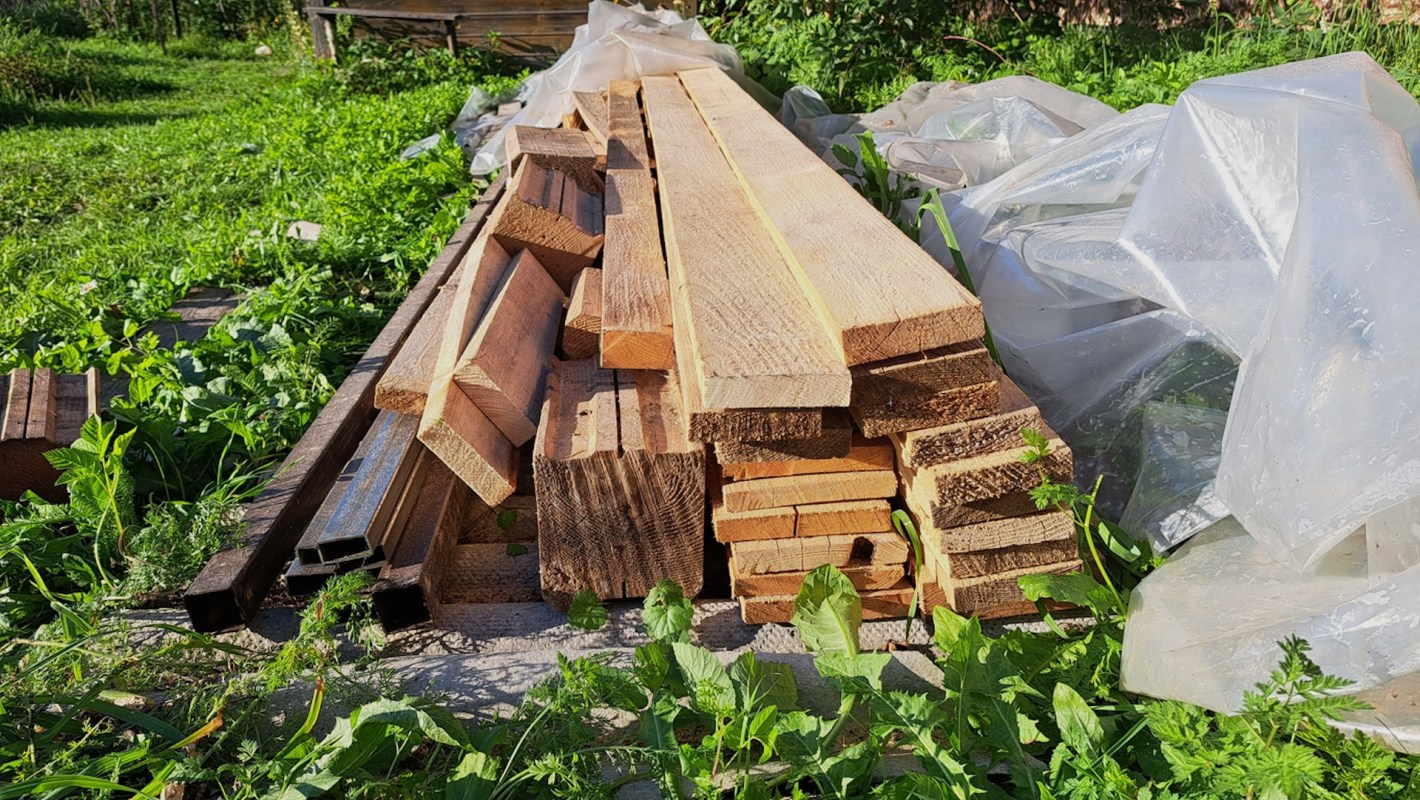MIT researchers recently conducted a series of simulations of construction projects in the Amsterdam metropolitan area, with the goal of figuring out where it made the most sense to store reused timber.
They concluded that the city should have 29 timber hubs, each serving a radius of about 2 miles.
In other words, the study mathematically showed, if the goal of reusing construction materials is to decrease air pollution and planet-overheating pollution, reducing the distance that those materials need to be shipped is crucial. Reusing timber is great, and necessary — but emitting huge amounts of planet-overheating gases in order to move it around undermines the objective.
"Our findings provide a starting point for policymakers in Amsterdam to strategize land use effectively," said Tanya Tsui, one of the paper's co-authors. "By identifying key locations repeatedly favored across various hub scenarios, we underscore the importance of prioritizing these areas for future circular economy endeavors in Amsterdam."
The setup that the researchers landed on generated 95% of the maximum reduction in carbon dioxide pollution, the study's authors said. Fewer than 29 hubs increased costs (both monetary and pollution-wise) from transportation, while more than 29 meant that each one wouldn't store enough materials to justify the land use.
"[We hope] our research sparks discussions regarding the location and scale of circular hubs," Tsui said. "While much attention has been given to governance aspects of the circular economy in cities, our study demonstrates the potential of utilizing location data on materials to inform decisions in urban planning."
The worldwide building and construction industry hit all-time highs for emissions in recent years, leading the United Nations Environment Programme to declare the industry "off track to decarbonize by 2050."
It is very important for these industries to embrace new practices (such as more sustainable versions of concrete, reused materials, wood instead of concrete and steel, and more) that bring those emissions down. And, as the MIT study shows, it is equally important to consider all factors and sources of potential pollution when doing so.
Join our free newsletter for weekly updates on the coolest innovations improving our lives and saving our planet.









